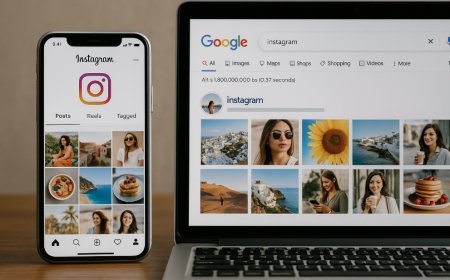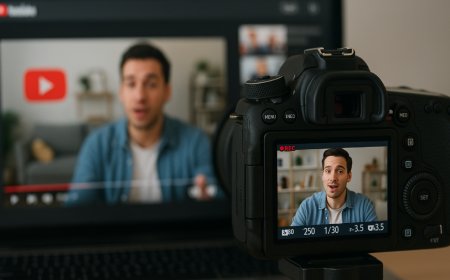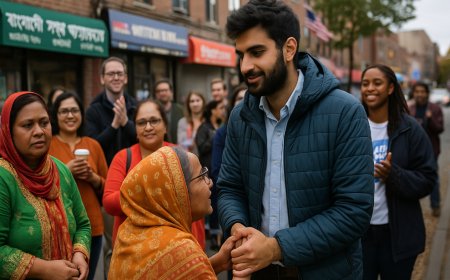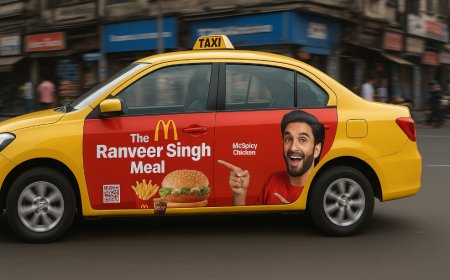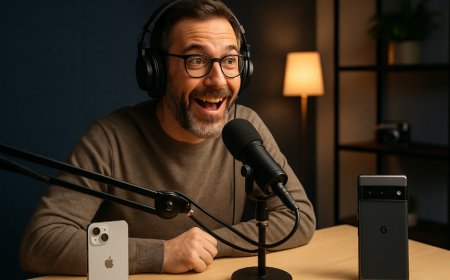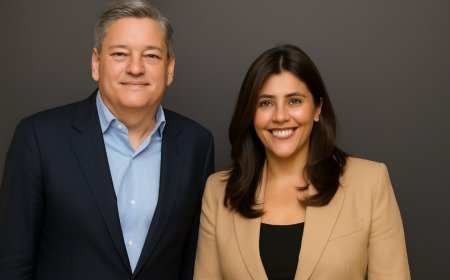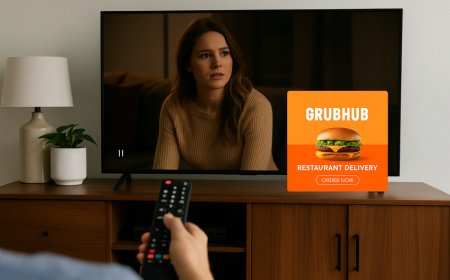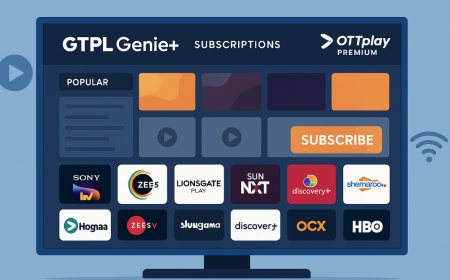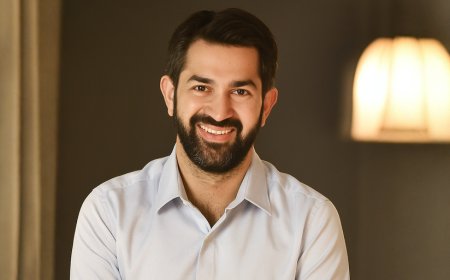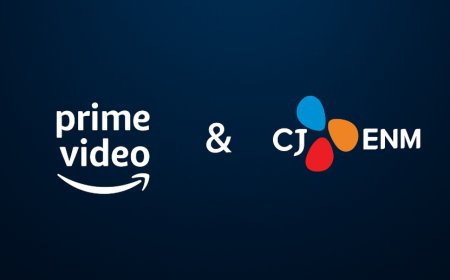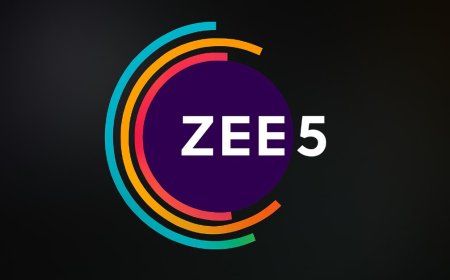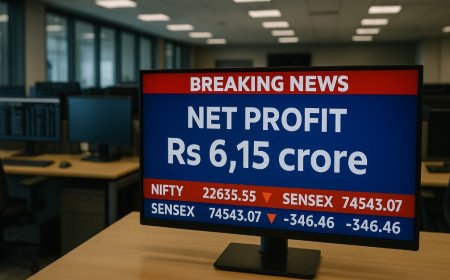A New Era for Instagram: Search Engines Can Now Index Public Posts
Discover what it means now that search engines can index public Instagram content — from opportunities for creators and brands to the bigger impact on privacy and SEO.

Instagram Opens Its Doors to Search Engines
For over a decade, Instagram has thrived as a closed garden — a social platform designed to keep users scrolling inside its app, far from search engine crawlers. Unlike websites, blogs, or even Twitter, most Instagram posts have traditionally been invisible to Google Search and other indexing tools.
But that’s changing. Instagram has announced that public content — posts, Reels, and certain profile elements — can now be indexed by search engines. This new shift means what you post publicly on Instagram could appear in Google results and other search listings.
It’s a big deal for anyone who uses Instagram to reach people — creators, influencers, brands, and even casual users who run public profiles.
Why Is Instagram Doing This Now?
The short answer: discoverability.
As TikTok’s popularity soars and Google searches increasingly surface TikTok videos, Instagram risks falling behind in the battle for search-driven traffic. By letting search engines index public posts, Instagram gives its creators and brands a shot at showing up in Google results — without needing people to log in to the app.
This helps users who search for style inspiration, recipes, DIY videos, or celebrity gossip to find Instagram posts directly on Google — the same way Pinterest boards and YouTube videos often appear in search results.
What Content Will Be Indexed?
Not every piece of content will appear in Google or Bing overnight. Instagram has confirmed that the indexing applies to public content only — private accounts remain fully hidden from search engines.
Here’s what’s up for grabs:
-
Public photo posts
-
Reels shared publicly
-
Some Stories highlights (if marked public)
-
Basic profile details that are publicly visible, like bios and follower counts
Comments, private DMs, archived posts, and followers-only content remain untouched.
How Will This Affect SEO?
This move turns Instagram into a semi-open platform for search optimization. Just like optimizing a blog post or YouTube video for SEO, Instagram content creators can now think about keywords, captions, and hashtags with Google ranking in mind.
A well-captioned Reel about ‘best monsoon skincare tips’ could show up when someone types that into Google — driving new eyeballs to a creator’s page who might not have discovered them inside the app alone.
Brands with public product photos and influencer campaigns might see their Instagram assets appear next to their websites in search results, boosting total visibility.
What Should Creators Do Differently Now?
The basics of good Instagram content won’t change — great visuals, authentic engagement, and community building stay essential. But creators and businesses should now think one step ahead:
-
Write Clear, Keyword-Rich Captions: Google can’t “see” an image like humans do. Your caption is the search engine’s clue to what the post is about.
-
Use Hashtags Wisely: Hashtags have always helped inside Instagram; now they can hint at search relevance outside the app too.
-
Optimize Profile Bios: A public profile bio with relevant keywords could help the entire profile appear in search results for those topics.
-
Add Location Tags: Local SEO can benefit if public posts show up for city-based searches.
-
Stay Authentic: Keyword stuffing or awkwardly adding SEO phrases won’t help — the content must still connect with human audiences first.
A New Tool for Brands and Marketers
For brands, this opens new possibilities. A product launch, lookbook, or campaign shared on Instagram now has dual value: it entertains your followers and boosts your brand’s discoverability on Google.
SEO strategists can include Instagram links in keyword planning. Marketers can target new audiences beyond the app. PR teams can craft campaigns that blend traditional search-friendly content (like press releases) with Instagram posts, knowing both will compete for search visibility.
Influencers Could See More Direct Traffic
For influencers and creators, more indexed content means a higher chance of showing up when people search for niche interests — like “vegan baking ideas” or “bohemian home décor.”
A person browsing Google might click an Instagram Reel that answers their question. Once on your page, they might follow you, check your website link in bio, or buy your digital product.
The gap between search and social keeps shrinking — and Instagram’s new open door accelerates that change.
Privacy Concerns: What Users Should Know
The move naturally raises some privacy questions. While only public content is included, many users may not realize that casual posts meant for followers could now pop up on Google.
It’s worth reviewing your account settings. If you don’t want your photos or videos discoverable in search engines:
-
Switch to a private account.
-
Adjust your privacy settings for posts.
-
Be mindful about what you share in captions or on public highlights.
Instagram has reassured users that private profiles remain completely hidden — no crawler will index your private posts.
What Does This Mean for Competitors?
Instagram isn’t the first social platform to let Google index its pages. Twitter’s public tweets and Pinterest’s pins have long been part of Google’s content ecosystem. TikTok has ramped up SEO too, surfacing short videos directly in search results.
For social apps, this strategy drives discovery — a way to get more casual visitors who might eventually download the app or open it to follow an account.
As competition tightens among TikTok, Instagram, and YouTube Shorts for short-form video supremacy, search discoverability has become a new battlefield.
Opportunities for Bloggers and Website Owners
For website owners and bloggers, this change brings both competition and collaboration opportunities.
Instagram posts will now compete with blog posts and image galleries for some keywords. But they can also enhance your own content marketing — for example, by embedding or linking relevant Instagram posts in your blogs for richer storytelling.
If you run a brand blog, your Instagram posts might show up alongside your website links — doubling your presence on the results page.
How Search Engines Benefit
Search engines like Google benefit too. Social media has always been a goldmine of fresh, trendy content, but much of Instagram’s treasure has stayed hidden behind app logins.
With public indexing, Google gets even more real-time content to match users’ searches — whether it’s a trending festival, celebrity moment, or travel inspiration.
This keeps people hooked on using Google for up-to-the-minute answers — and Google, in turn, keeps its top spot as the go-to window to the internet.
What Happens Next?
Expect gradual changes. Instagram won’t become a fully open directory overnight. The rollout will likely be phased, and Google’s crawlers will need time to index millions of public posts.
Creators and brands who adapt early — writing smarter captions, thinking about SEO, and balancing trends with search-friendly topics — could gain an edge.
Instagram, for its part, may introduce new tools or insights to help creators see how much traffic comes from search. This could spark new products, ads, or features that blend social engagement with SEO visibility.
Should You Change Your Posting Strategy?
In a word: evolve. If you have a public Instagram profile, think about how you can make your posts clearer for search engines without losing your style.
Don’t chase SEO at the cost of authenticity. Instagram remains a visual-first, human-first platform — users will still scroll for the vibe and connection, not robotic keyword spam.
But small tweaks can make a big difference:
-
Add relevant phrases naturally to your captions.
-
Use alt text for images when possible.
-
Keep your username and bio clean and descriptive.
The Bottom Line
Instagram’s new openness to search indexing marks a major shift. For creators, brands, marketers, and even casual public accounts, it’s a chance to reach wider audiences and build longer-lasting content value.
Your next viral Reel or carousel post could do more than rack up likes — it could live on Google for months or years, sending fresh visitors to your profile every day.
Final Thoughts: Embrace the Opportunity
As social media keeps changing, smart creators evolve too. Instagram’s decision to open its walls to search engines is a reminder that no platform stands still forever.
Whether you’re a seasoned influencer, an entrepreneur, or someone who shares passion projects online — you now have another tool to amplify your reach beyond the app.
So keep creating, keep sharing, and start thinking about what someone might type into Google when your post could be the answer they find.
What's Your Reaction?
 Like
0
Like
0
 Dislike
0
Dislike
0
 Love
0
Love
0
 Funny
0
Funny
0
 Angry
0
Angry
0
 Sad
0
Sad
0
 Wow
0
Wow
0
